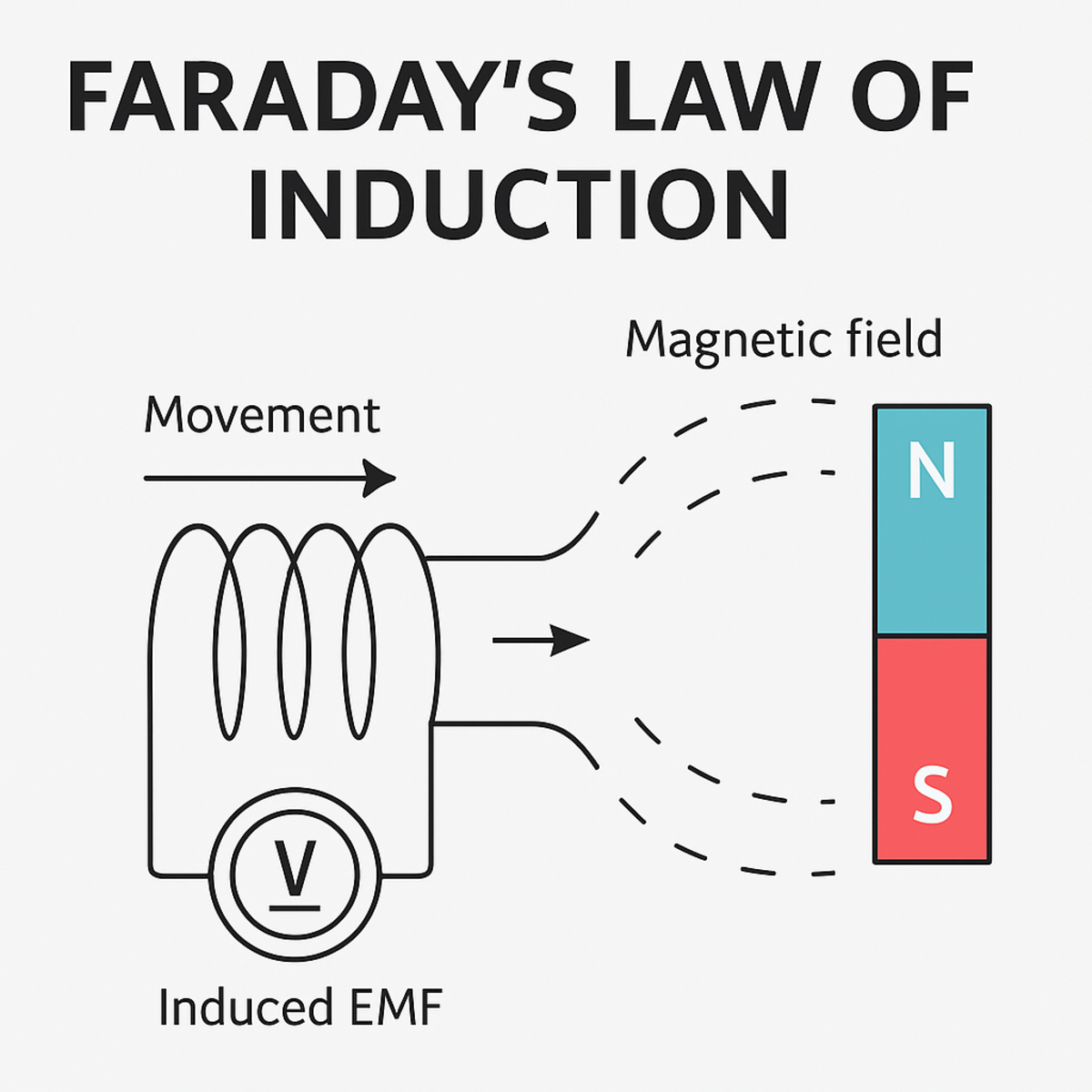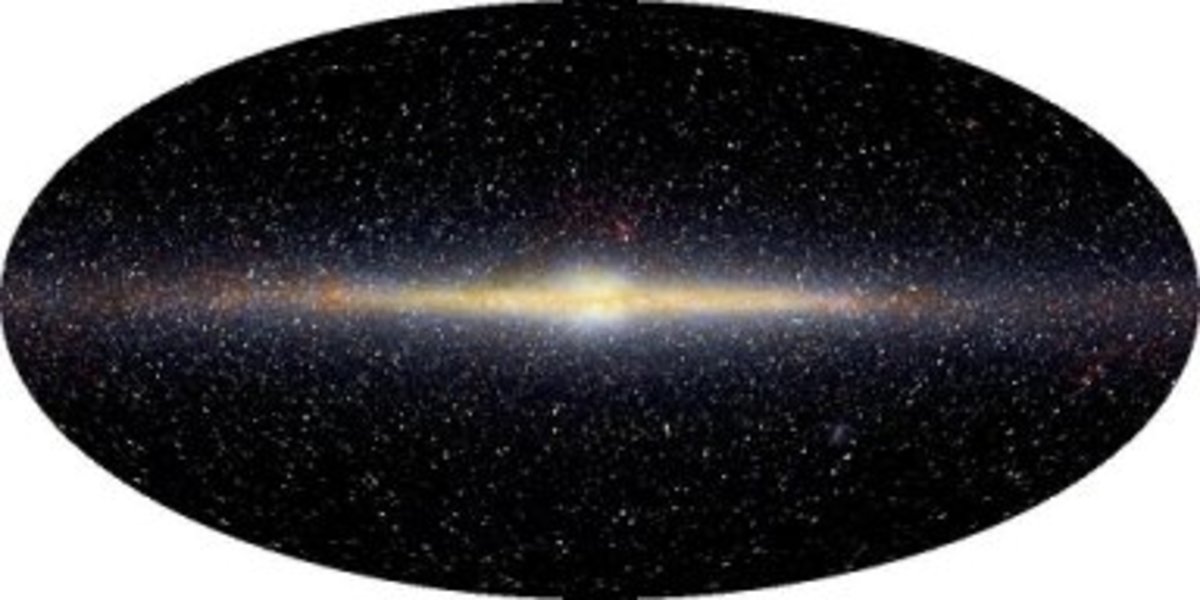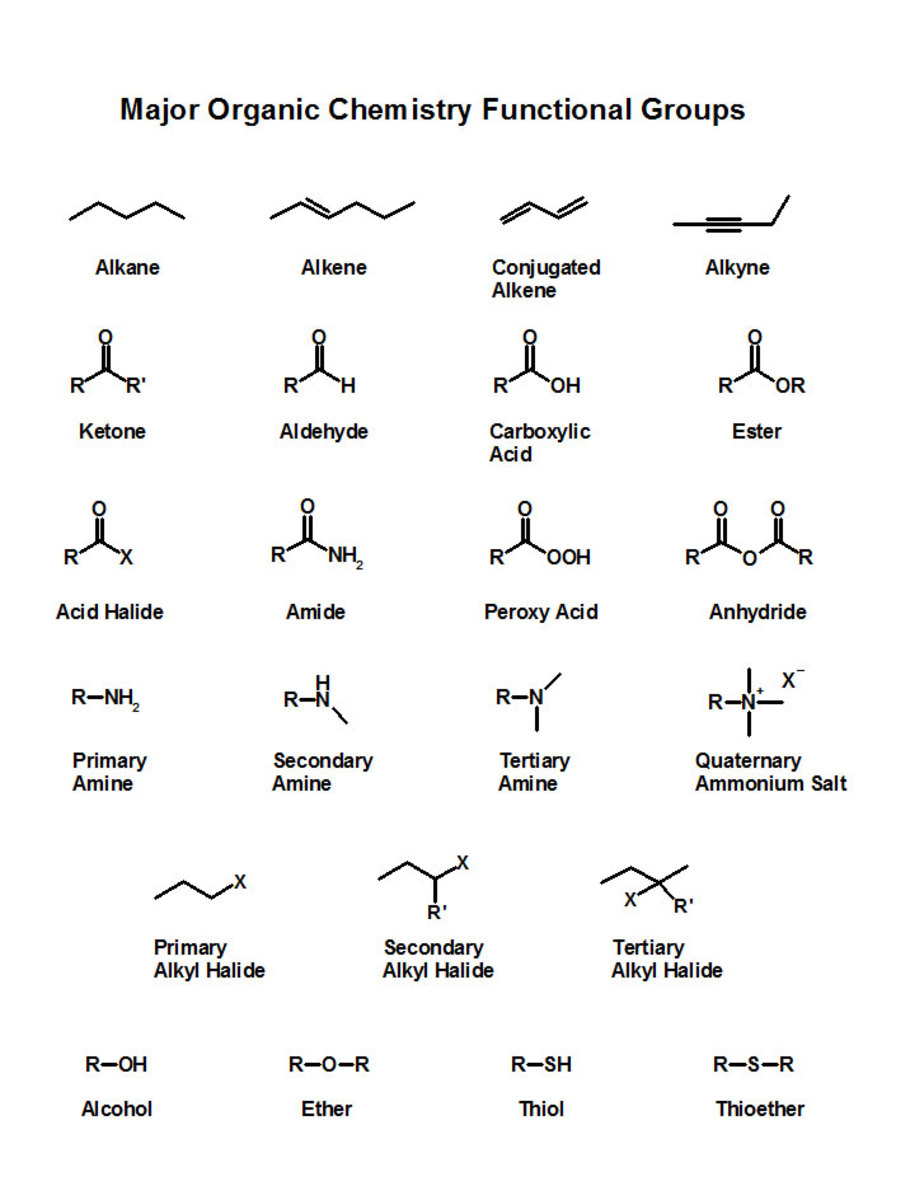Strangest 7 Chemicals on Earth
Introduction
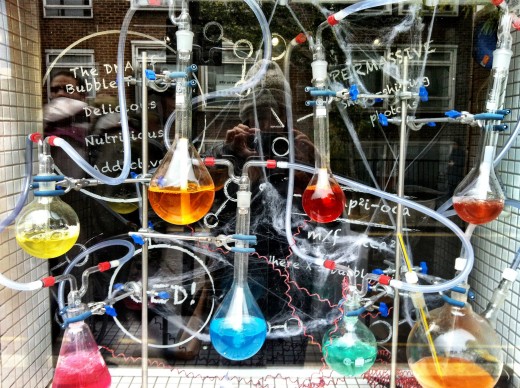
- Fire activity: The process of crystallization is through the liquid vaporization, where the minerals begin to form after cooling of this liquid, or through the crystallization of hot solutions.
- Sedimentation processes: crystallization occurs through the sedimentation of saline compounds of the sea and ocean water. This deposition is caused by water vaporization.
- Transformations: Metals may be formed due to the influence of various factors, namely heat, pressure, water vaporization and chemical reactions of solutions.
1. Ferrofluid
Ferrofluid is simply liquid that acquire strong magnetic properties when it falls into a magnetic field, exposing it to a magnetic field that can be beautifully formed and moved as we see in science fiction movies.
The reason for these properties is nanotechnology, where fluids such as water and oil are injected with very small particles of up to 10 million meters of magnetic iron oxide, so they are so small that they do not affect the liquidity of the liquid placed in it.
These magnetic particles respond to the magnetic fluid of the magnetic field by moving. Therefore, the magnetic field can exert superpower on the fluid, completely changing the form of fluid moving to fill the gaps within it as far as possible in the field. These effects are strange, useful, and have many applications, for example, ranging from CD players, even circular space inhibitors and sound suppression techniques.
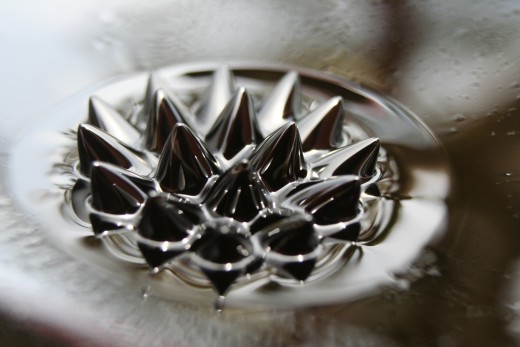
2. Gallium
Galium is a chemical element in the periodic table, a Ga symbol, and its atomic number 31, is considered a metal. Gallium is not free in nature, but in the form of calcium chloride (III) in small amounts in bauxite and zinc mines.
Its brilliant silver color is not the only thing that draws attention to this element, it also has a low melting point as it is solid at room temperature, but once you hold it in your hand, it starts to melt directly under the influence of hand heat.
This is due to the low melting point of gallium, which is 29.76 Celsius.
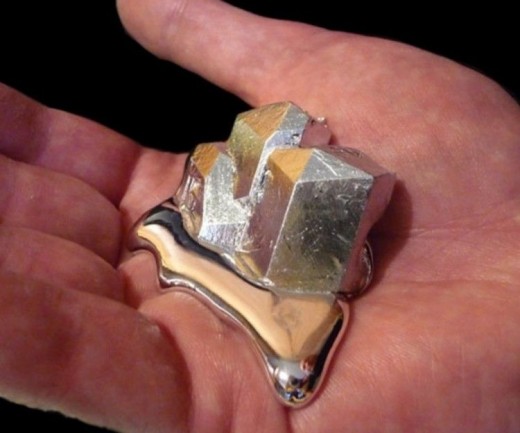
3. Vantablack
We are not talking about the black matter that fills space, but about a substance that was made by a British nanotechnology company. The material consists of nanotubes of pure carbon and can absorb light up to 99.96%, making it the darkest material on earth and the most materials experimentally laboratory of darkness at all. What distinguishes this material is that the light does not even reflect on its internal folds if it is bent, so that it cannot distinguish its real form. It looks like a two-dimensional page or a black hole like that discovered in space. The difference here is this material only swallows light.
As for the uses of this material are multiple, for example, calibrating telescopes and optical devices in addition to military uses, this material can hide real ninja people, or may be used in other concealment techniques such as those used in aircraft. So far, the material has been developed for use only on a slice of foils but is expected to be expanded on other objects such as 3D objects.
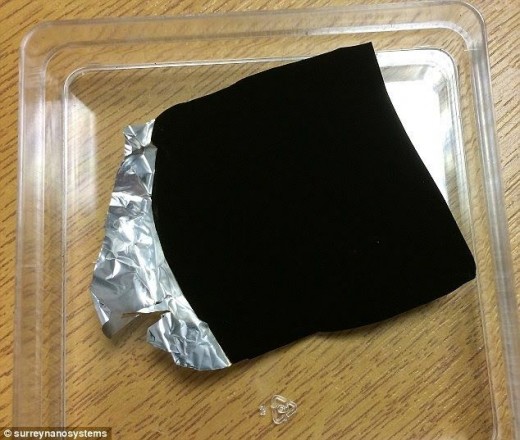
4. Superhydrophobic Coating
What is the thing that is exposed to water and does not get wet? It is a waterproof material. Without going into scientific detail, if you add dust to some silica sand, it will become resistant to wetness. When immersed in water, they are surrounded by a layer of air that prevents water from reaching it.
Sand grains covered with water-like substances appear when they are immersed in water that is coherent and interconnected, while above water is in its natural granular form.
Watch this video that illustrates this unique phenomenon, it is worth mentioning that these sand used as a game for children.
Another technique that is more dazzling than previous technology, but this time with miracle-making nanotechnology, where water-resistant and oil-resistant materials can be produced (of course, this will make many mothers happy) is the future technology that will conquer the world. Its benefits are innumerable. You will not need to clean a lot of things after use from clothes through your machine fan and factory machines to cement mixers.
5. Water
It's not a joke! In fact, we have to celebrate the greatest miracle on our planet, the water, where water has unique properties from the rest of the material. At a time when the volume of materials is in its solid state, the water is unique in increasing its volume when freezing, which makes it less dense than water in its liquid state. Ice blocks float on the surface preventing the freezing of the water surface due to heat insulation done by the ice.
Surface tension is another unique feature of water, where water is allowed to climb tree and plant stalks. If it was not for this wonderful property, there would be no life.
The small size of the water molecules allowed it to be absorbed through the membranes, known as the osmotic property.
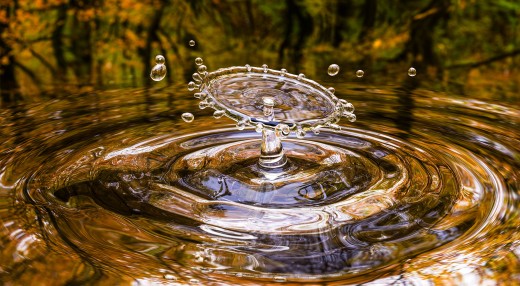
6. Pharaoh's snakes
Pharaoh's snakes or Pharaoh's serpents are a type of small firework in which a lighted tablet exudes smoke and ash in a growing column which resembles a snake. The modern version of this firework is the non-toxic black snake. Pharaoh's snakes produce a more spectacular display, but they are toxic so this firework is only produced as a chemistry demonstration. If you have the materials and a fume hood, you can make your own Pharaoh's snakes.
7. Aerogel
Aerogel, a low-density "gel" substance where the "liquid" content of the substance has been replaced by gas. The result was the emergence of the material of very low density with multiple properties, the most important of these characteristics is its great ability to heat insulation. It is also called the name of frozen smoke.

Poll
What is the strangest metal?
© 2019 Ameen Selegi

